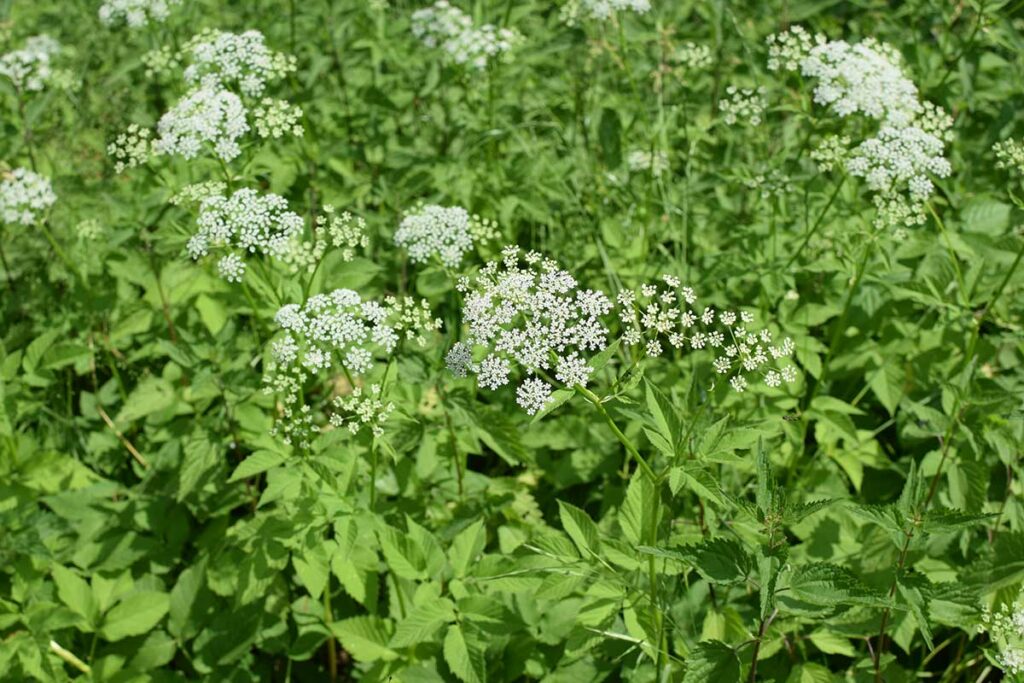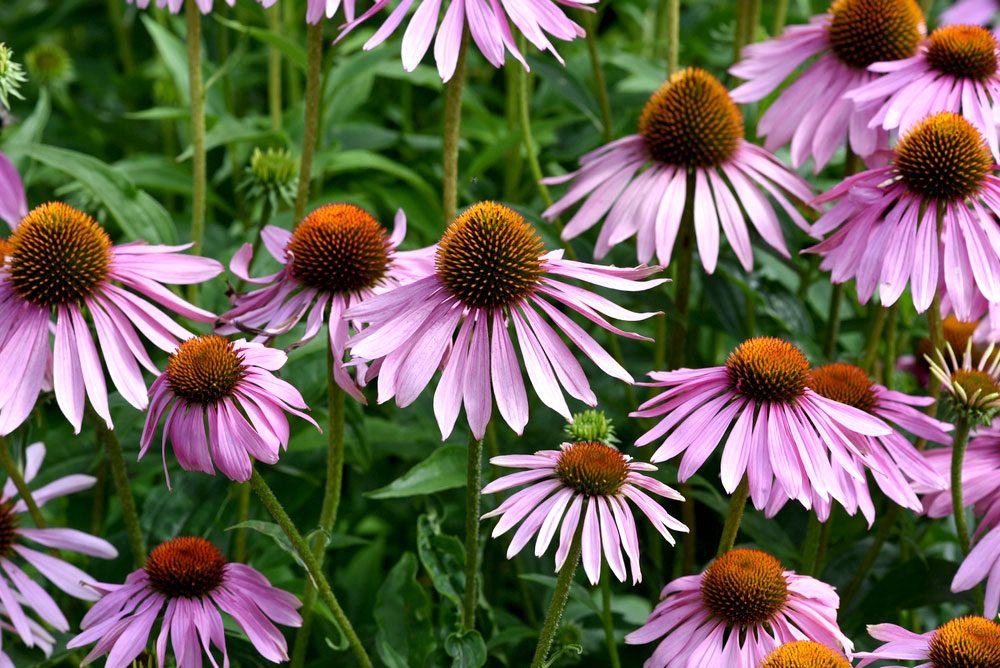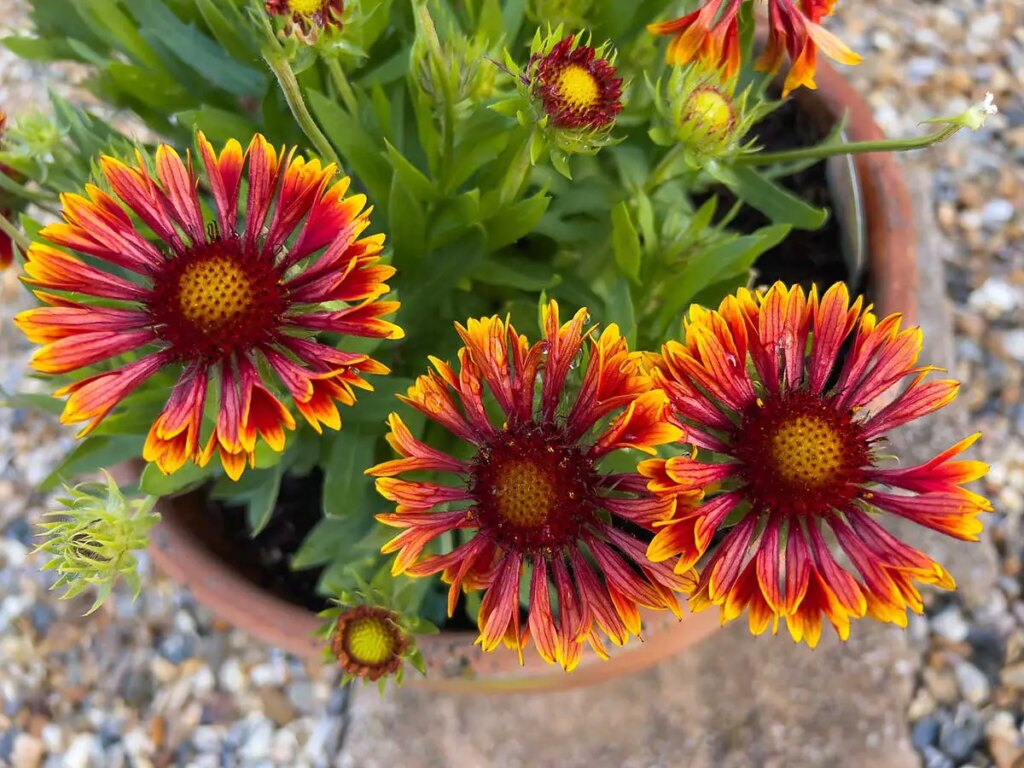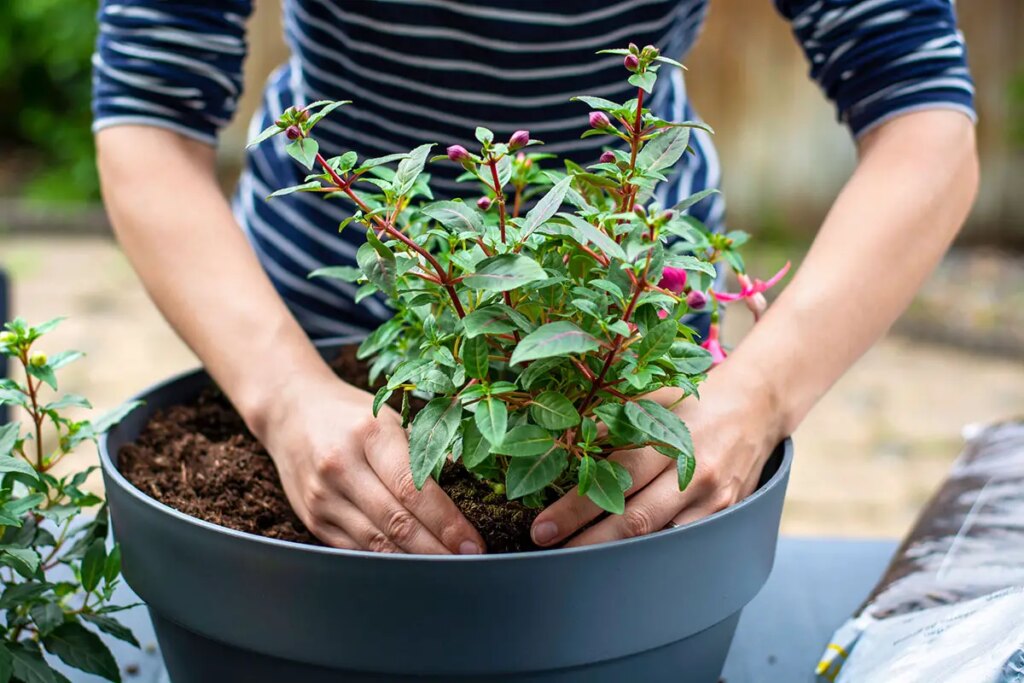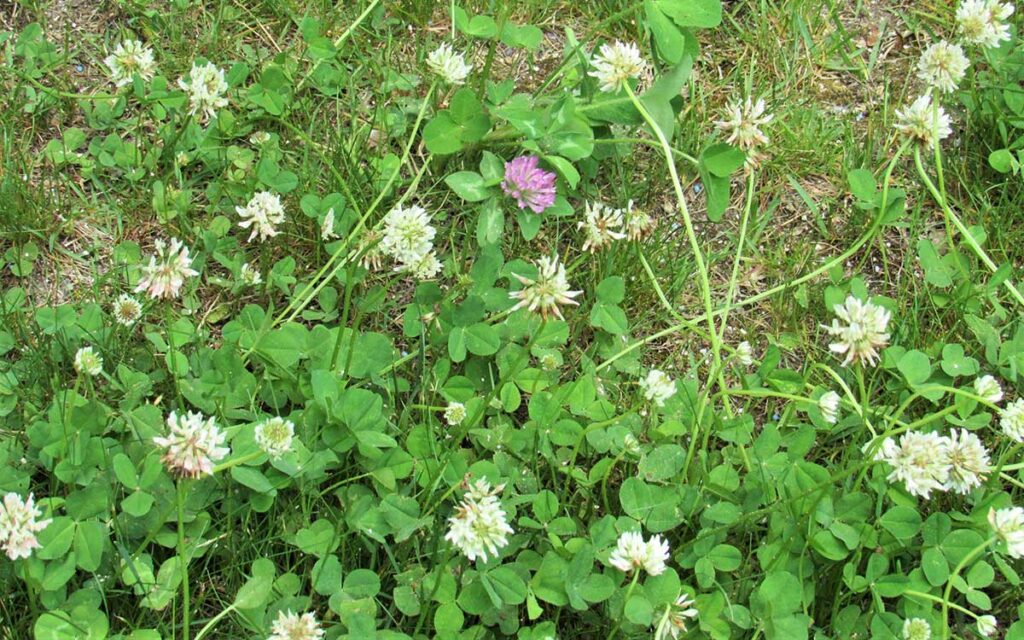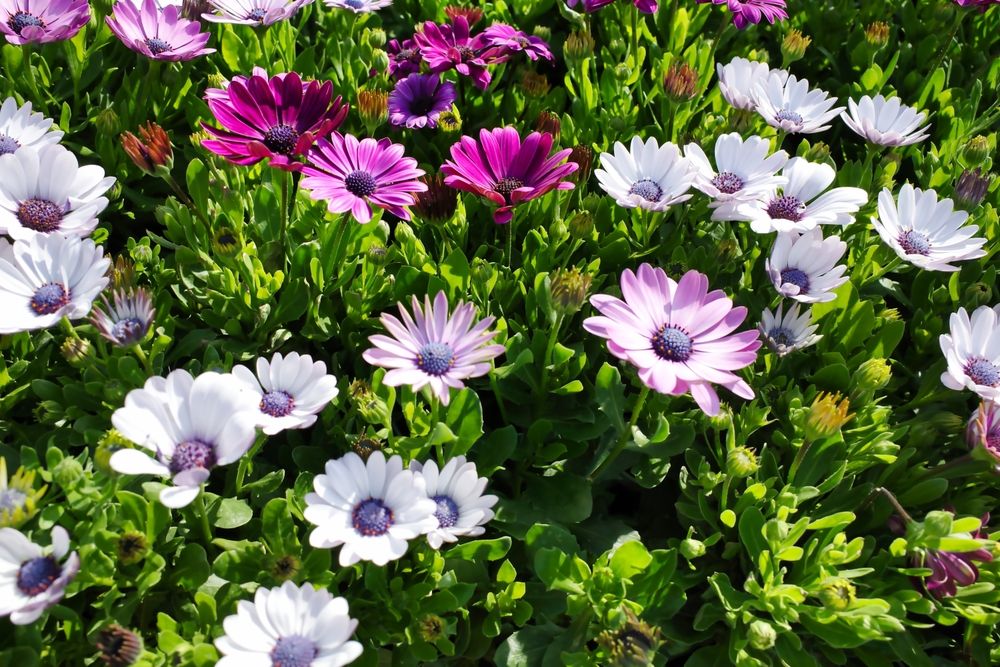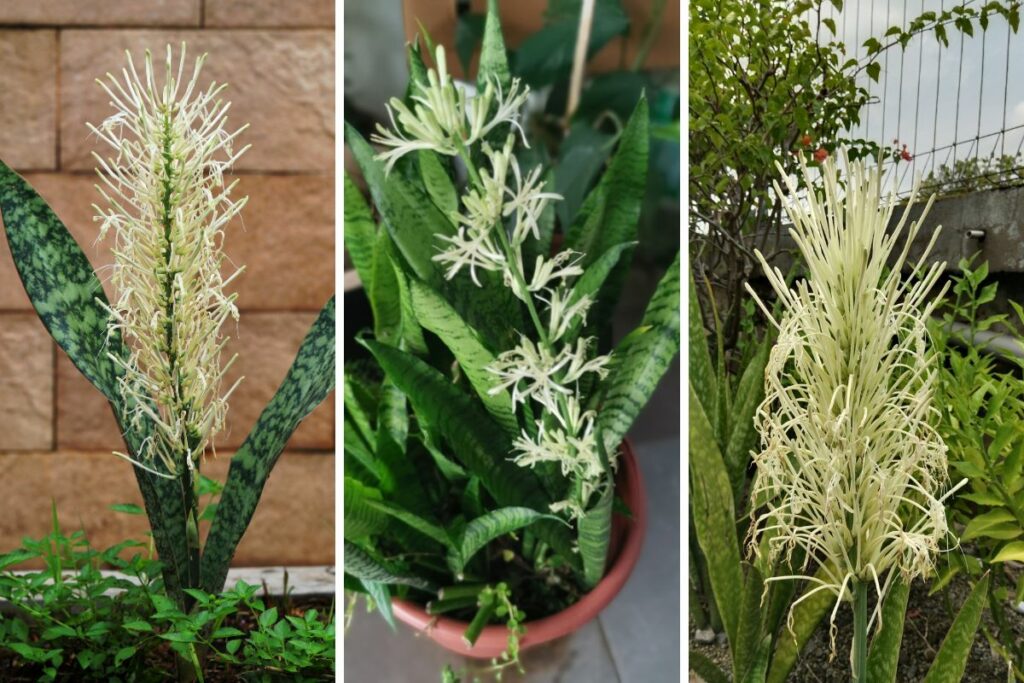
Snake plants, also known as Sansevieria, are a popular choice for indoor plants due to their low maintenance and air-purifying qualities.
However, getting them to bloom can be a challenge for many plant owners. Snake plants are known for their long, sword-like leaves, but they also produce tall flower spikes that bloom with small, fragrant flowers.
To encourage a snake plant to bloom, it needs to reach a root-bound stage. This means that the plant has outgrown its pot and the roots have become tightly packed. When a snake plant is root-bound, it will focus on reproduction rather than growing more leaves. This is the stage where the plant will produce flower spikes and eventually bloom, making it an exciting time for plant owners.
While getting a snake plant to bloom may require some patience, there are several steps you can take to encourage the process. From choosing the right soil to providing the right amount of light, water, and fertilizer, there are several things you can do to help your snake plant reach its full blooming potential. In this article, we will explore some tips and tricks on how to get your snake plant to bloom and enjoy the beautiful flowers that it produces.
Understanding Snake Plants
Types of Snake Plants
Snake plants, also known as Sansevieria, are a popular indoor plant due to their low maintenance and air-purifying capabilities. There are several different types of snake plants, including:
- Sansevieria trifasciata
- Sansevieria cylindrica
- Sansevieria zeylanica
- Sansevieria laurentii
Each type of snake plant has its own unique characteristics, but they all share the same general care requirements.
Characteristics of Snake Plants
Snake plants are known for their long, upright leaves that grow from a central base. The leaves can be variegated or solid in color, depending on the species. Snake plants are slow-growing and can reach up to several feet tall in the right conditions.
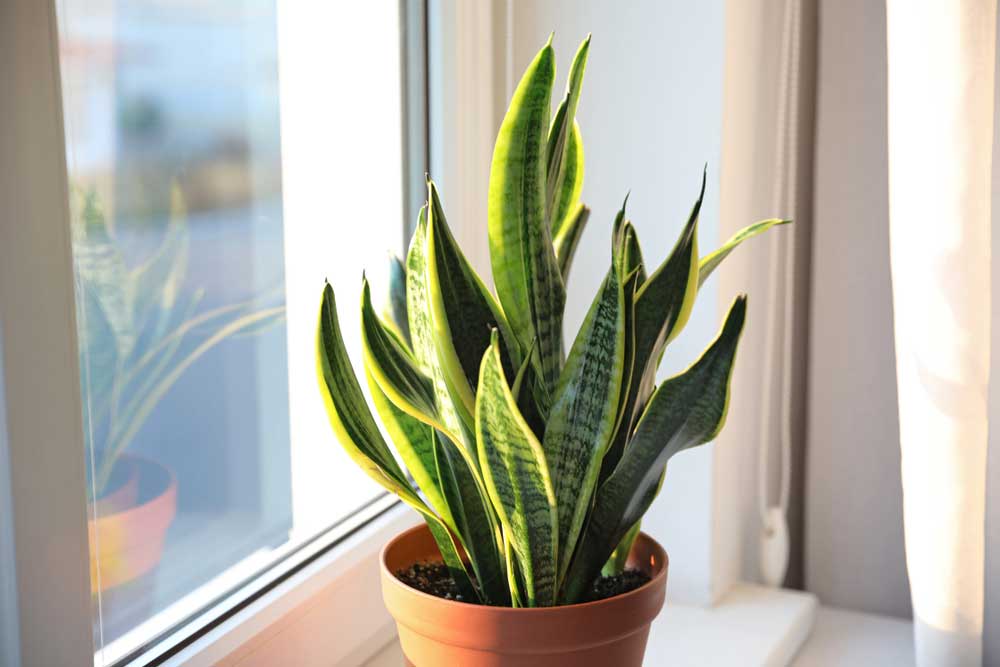
One important thing to note about snake plants is that they are root-bound plants. This means that they prefer to be slightly cramped in their container, and they do not like to be repotted often. In fact, snake plants can go several years without needing to be repotted.
Another characteristic of snake plants is that they are known to bloom under the right conditions. Snake plant blooms are creamy-white, tubular flowers that look similar to lilies. However, snake plants rarely flower when grown indoors year-round.
Understanding the characteristics of snake plants is important for providing the right care to encourage blooming.
How to Get a Snake Plant to Bloom
As mentioned earlier, snake plants prefer to be root-bound. This means that they like to be slightly cramped in their container and do not need to be repotted often. In fact, snake plants can go several years without needing to be repotted.
When a snake plant becomes root-bound, it means that the roots have filled up the container and there is no more room for growth. At this stage, the plant may stop growing and may even start to look unhealthy. However, this is actually a sign that the plant is ready to bloom.
When a snake plant is root-bound, it will start to produce flower spikes as a way of reproducing before it dies. This is a natural process for the plant, and it is a sign that it is ready to be repotted.
If you want to encourage your snake plant to bloom, it is important to let it reach the root-bound stage before repotting it. This will give the plant the signal that it is time to reproduce and produce flowers.
Factors that Affect Blooming
Getting your snake plant to bloom can be a challenge, but understanding the factors that affect blooming can help you achieve success. Here are some of the key factors to consider:
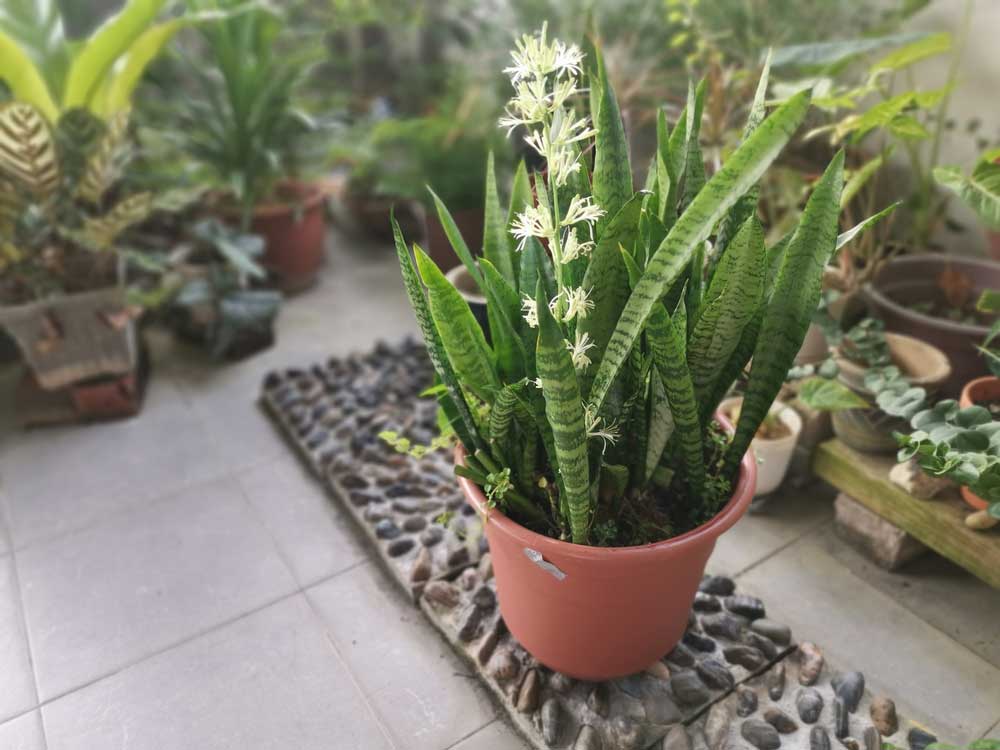
Light
Snake plants require bright, indirect light to bloom. However, too much direct sunlight can scorch the leaves and prevent blooming. Aim to provide your plant with six to eight hours of bright, indirect light each day. If your plant is not receiving enough light, consider moving it to a brighter location or supplementing with artificial grow lights.
Temperature
Snake plants prefer warm temperatures between 60 and 85 degrees Fahrenheit. Cooler temperatures can slow growth and prevent blooming. Avoid placing your plant near drafts or in areas with extreme temperature fluctuations.
Watering
Overwatering is a common problem with snake plants and can prevent blooming. Allow the soil to dry out completely between waterings, and be sure to use a well-draining potting mix. Snake plants prefer to be slightly root-bound, so avoid repotting too frequently. When watering, avoid getting water on the leaves as this can lead to fungal issues.
Fertilizing
Snake plants do not require frequent fertilization, but a balanced fertilizer can help promote blooming. Use a fertilizer with an N-P-K ratio of 10-10-10 or 20-20-20, and apply at half the recommended strength every two to three months during the growing season.
By considering these factors and providing your snake plant with the right conditions, you can encourage blooming and enjoy the beautiful fragrance of the blossoms.
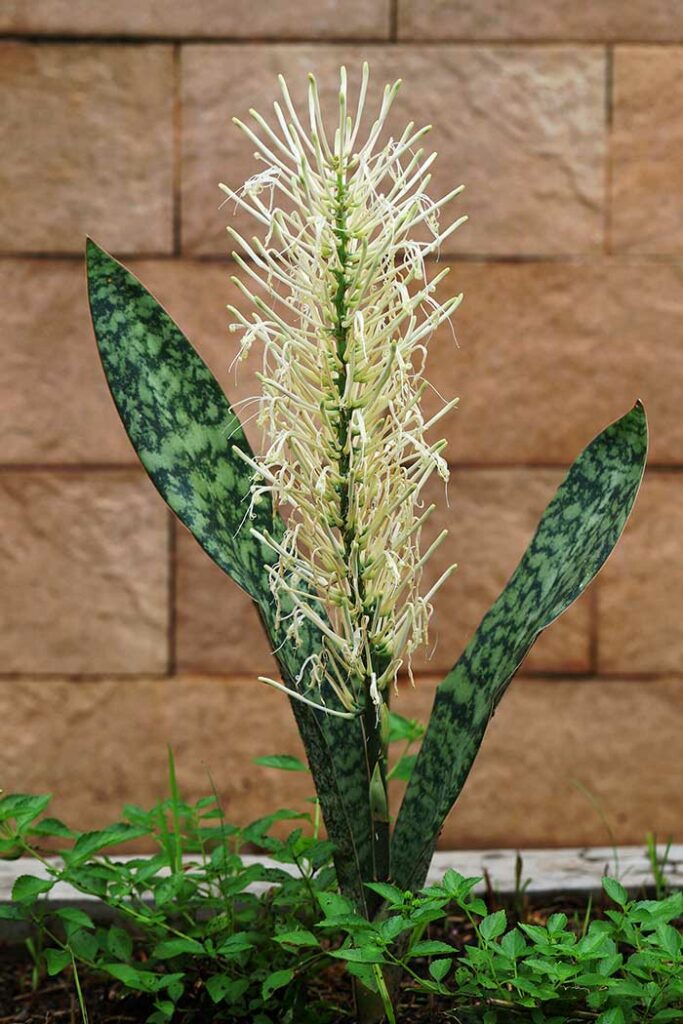
Preparing for Blooming
Root Bound Stage
Snake plants thrive when they are root-bound, meaning their roots have filled up their container. When the plant becomes root-bound, it will start to produce offsets, which are small plants that grow from the base of the mother plant. These offsets can be removed and propagated to create new plants.
Repotting
When the snake plant becomes too big for its container, it’s time to repot it. Choose a container that is slightly larger than the current one and has drainage holes. Fill the bottom of the container with a layer of gravel or broken pottery to improve drainage. Then, fill the container with a well-draining potting mix. Gently remove the plant from its current container, loosen the roots, and place it in the new container. Fill in the gaps with soil, leaving about an inch of space at the top for watering.
Pruning
Pruning is essential for keeping your snake plant healthy and encouraging blooming. Remove any yellow or damaged leaves with a pair of sharp scissors or pruning shears. If the plant becomes too tall, you can cut the stem and propagate the top portion. This will encourage the plant to produce new growth and potentially bloom. In conclusion, preparing your snake plant for blooming involves ensuring it is root-bound, repotting it when necessary, and pruning it regularly. By following these steps, you can encourage your snake plant to bloom and thrive.
Encouraging Blooming
Getting a snake plant to bloom can be a bit tricky, but with the right conditions, it is possible. The key is to provide the plant with the right amount of light, water, and fertilizer, while also avoiding common mistakes that can hinder blooming. One important factor to consider is the root-bound stage of the plant.
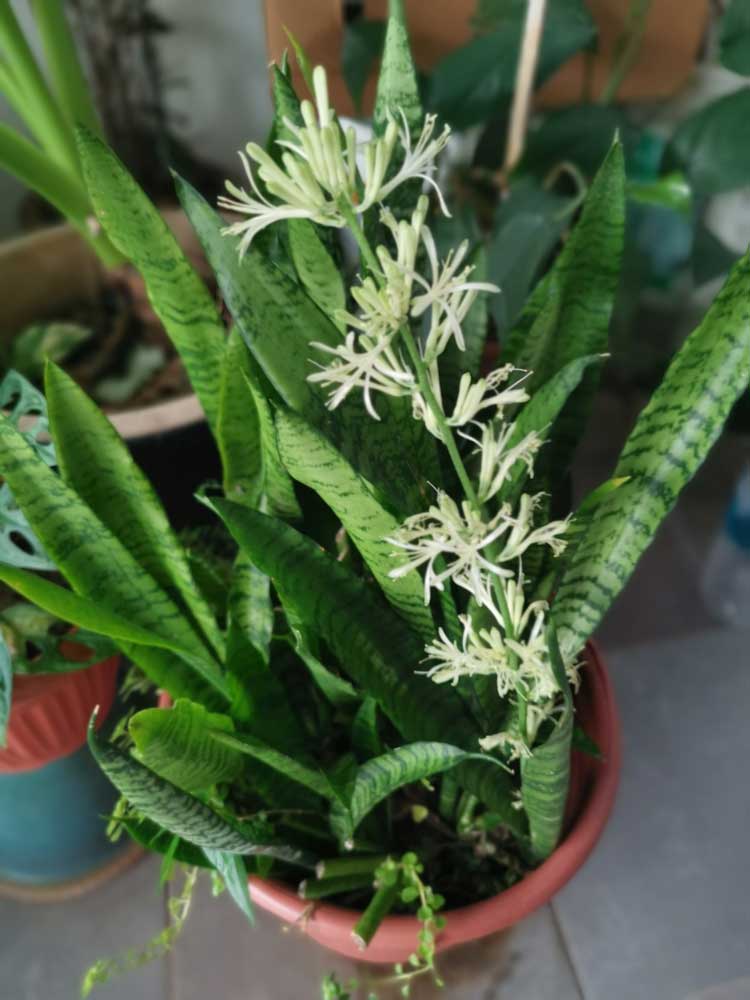
Adjusting Light and Temperature
Snake plants require bright, indirect light to bloom. Placing them near a large, south-facing window can provide them with enough light. However, if natural light is not sufficient, you can also use grow lights for up to 16 hours per day. It’s important to avoid direct sunlight, as it can scorch the leaves. Additionally, snake plants prefer temperatures between 60-85°F, so keep them away from drafty areas or cold windows.
Providing Adequate Water and Fertilizer
Snake plants prefer to be slightly root-bound, so it’s important to use a well-draining potting mix to prevent overwatering. Water the plant only when the soil is dry to the touch, and avoid getting water on the leaves to prevent rot. During the growing season, fertilize the plant every two weeks with a balanced fertilizer. However, be careful not to over-fertilize, as this can also hinder blooming.
Avoiding Common Mistakes
One common mistake when trying to encourage blooming is to prune the leaves too much. While it’s important to trim overgrown or damaged leaves, be sure to leave enough foliage to provide energy for blooming. Another mistake is to place the plant in a pot that is too large, as this can result in overwatering and root rot. Finally, avoid using tap water, as it can contain minerals that can build up in the soil and hinder blooming.
Conclusion
Getting your snake plant to bloom can be a challenge, but it is possible with the right care and attention. One of the most important factors to consider is the root-bound stage of the plant. Keeping your snake plant in a root-bound stage can help to induce flowering, as it forces the plant to focus its energy on producing blooms rather than growing roots.
However, it’s important to note that keeping your snake plant in a root-bound stage for too long can be detrimental to its health. Eventually, the plant will need to be repotted in a larger container to allow its roots to continue growing and to prevent them from becoming too crowded.
Other factors that can help to encourage blooming in snake plants include providing plenty of sunlight, avoiding overwatering, and fertilizing the plant regularly with a balanced fertilizer. By following these tips and giving your snake plant the care it needs, you can enjoy the beauty and fragrance of its blooms for years to come.





